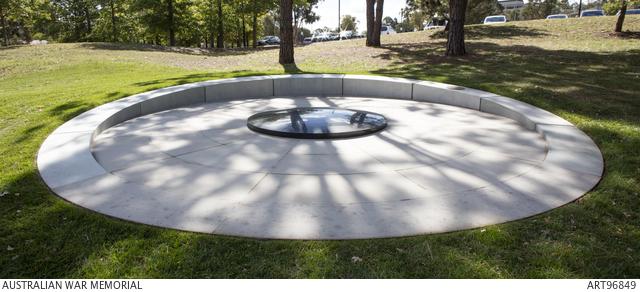The Balibo affair

The house where the Australian based journalists stayed while reporting from Balibo, 1999. (AWM P03408.004)
Just prior to the 1975 invasion, a group of five Australian-based journalists travelled to the border of East and West Timor to report on Indonesian forces crossing to the east. Australians Greg Shackleton and Tony Stewart, Britons Malcolm Rennie and Brian Peters, and New Zealander Gary Cunningham arrived in October 1975. The men decided to stay in the town of Balibo even though the East Timorese had fled, believing that as journalists they would not be military targets.
Early in the morning on 16 October, the Indonesians attacked Balibo in an attempt to push back Fretilin forces. After the heavy bombardments had stopped, all five journalists were reported missing. This incident, known as the Balibo affair, affected diplomatic relations between Australia and Indonesia.(9) It would take almost a month until it was confirmed that the men had died, when a box containing charred human bone fragments was given to the Australian ambassador in Jakarta. Many Australians wanted the bones returned for testing, but they were eventually buried in a single coffin in Jakarta.(10) Australian embassy staff and journalists were in attendance; the families of the men were not.
The details of how and why the men died are still not publically known. Some reports suggested that the men were killed by crossfire, while others said they were deliberately killed.(11) Despite the findings of the 2007 New South Wales Coroner’s Inquest that the men died from being deliberately shot and/or stabbed, no one has been charged with their deaths. Indonesia maintains that the five men were killed in crossfire, and the tragedy remains controversial to this day.
Another Australian journalist, Roger East, was in East Timor several months later, following the story of the men, when he was captured and executed. His body was never recovered.
Investigate further:
An interview with Greg’s wife Shirley about her feelings on Greg’s assignment to East Timor, and the aftermath, can be viewed on the Australian War Memorial’s website: https://www.awm.gov.au/collection/C1039480
The Sculpture Garden at the Australian War Memorial is home to various commemorative works, including one dedicated to war correspondents.

The War Correspondents Memorial in Canberra, 2015. (Johnson Pilton Walker Architects, AWM ART96849)
More information is available at: https://www.awm.gov.au/collection/C2124255
- Select one other memorial to compare and contrast with the War Correspondents Memorial. Some questions you might like to consider are:
- Is the work literal or abstract?
- Why do you think the artist has chosen to represent a person or event in a particular way?
- What materials have been used, and what do they represent?
- Do you think one work is more successful as a memorial than the other? Why or why not?
- Design your own memorial to war correspondents. Provide a written or verbal explanation outlining your creative decisions, and why they are important to you.
Sources:
[9] National Archives of Australia, The “Balibo affair”, East Timor, October 1975 – fact sheet 238, https://www.naa.gov.au/sites/default/files/2020-05/fs-238-the-balibo-affair-east-timor-october-1975.pdf
[10] Desmond Ball and Hamish McDonald, Death in Balibo, lies in Canberra, Allen & Unwin, Sydney, 2000, pp. 135–36.
[11] Magistrate Dorelle Pinch Coroner, Inquest into the death of Brian Raymond Peters, New South Wales, 2007, pp. 19–47, pp. 115–16. https://nswbar.asn.au/circulars/balibo.pdf